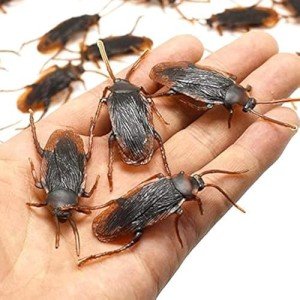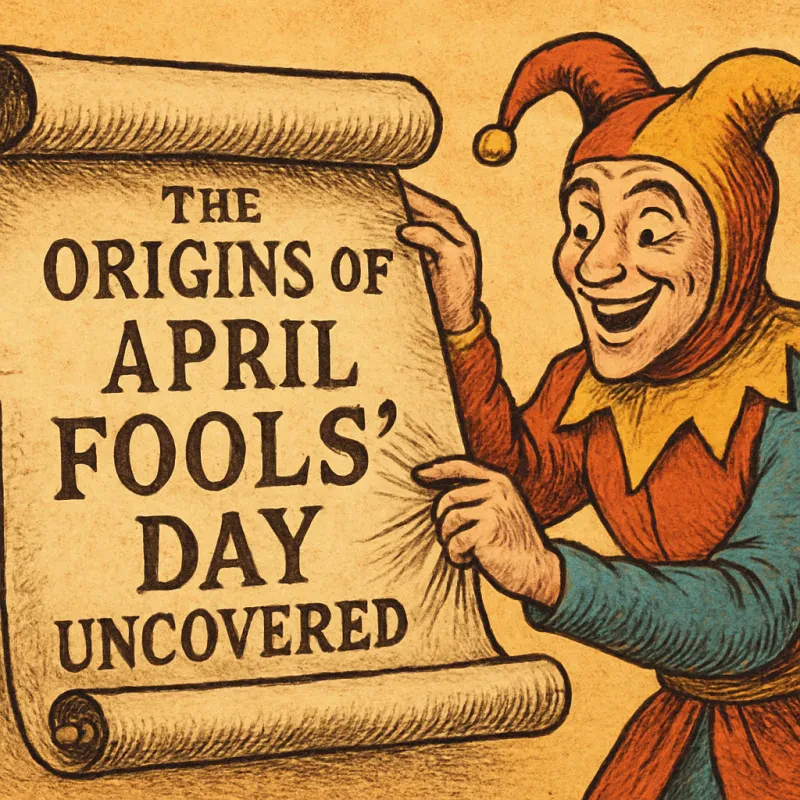Geraldo Rivera’s big reveal in Al Capone's vault is a moment that many people still remember fondly – and maybe a bit cringingly! On April 21, 1986, Rivera hosted a live television special that promised to uncover some of the legendary mobster Al Capone's secret treasures. The hype was immense, drawing in millions of viewers who were eager to see what was hidden in that long-abandoned vault.
As the special unfolded, the suspense reached a fever pitch. Rivera and his crew dug through the vault, which was located in the basement of a Chicago hotel. There were camera angles, expert interviews, and plenty of dramatic music to keep everyone on the edge of their seats. Fans thought they’d witness a treasure trove of riches, from gold coins to priceless artifacts!
But when the moment finally arrived, viewers’ excitement turned into disappointment. Instead of a stash of jewels, the vault revealed little more than a couple of old, dusty bottles and some crumbling brick walls. The big treasure? Just old debris. The reaction was a mix of shock and laughter, as Rivera went from the thrill of anticipation to handling what was essentially junk.
Despite the letdown, the event itself became a pop culture phenomenon. It highlighted the power of live television and the unpredictable nature of such reveals. Rivera's sincere enthusiasm, even when faced with disappointment, resonated with many. Talk about a wild ride! It will forever be remembered as one of the most ambitious and, let’s face it, one of the most underwhelming moments in TV history.
Inside the Vault: What We Found
When Geraldo Rivera opened Al Capone’s vault in 1986, he promised an unforgettable reveal. With millions tuned in, viewers held their breath, eagerly waiting to see what lay behind the locked doors of this legendary hidden treasure. What they found, however, was both surprising and a bit anticlimactic. The vault turned out to be mostly empty, but what they did uncover was intriguing in its own right.
Among the debris were a few items that piqued interest, including old bottles, a rusted tin, and some mysterious bones. While these finds weren't the treasure trove everyone hoped for, they sparked fantastic discussions about what the vault might have held. The mystery deepened as historians speculated about the significance of these remnants, weaving stories around Capone’s life and his notorious dealings.
Perhaps the most unforgettable moment was the sense of disappointment among the viewers. Some fans of history and crime were left feeling underwhelmed, while others enjoyed the unpredictable thrill of the reveal. It was a reminder that not every treasure comes wrapped in gold or diamonds; sometimes, the story behind the search is the real prize.
Despite the lack of gold coins or secret riches, the live broadcast became a cultural moment. Rivera turned an empty vault into a captivating piece of television history. It showed that even the anticipation of treasure can create excitement and spark our imaginations, reminding us that some mysteries are more valuable than their answers.
The Press Coverage That Shocked Everyone
When Geraldo Rivera first announced the opening of Al Capone's vault in 1986, anticipation buzzed through the air. The headline alone had people on the edge of their seats, imagining all the possible treasures that might be hidden within those brick walls. Would it be gold? Jewelry? Maybe even the infamous gangster himself? Everyone was talking about it, and the press couldn’t get enough.
The night of the reveal was nothing short of a media frenzy. Cameras from all over the country were rolling as Rivera unveiled the vault to a viewing audience in the millions. People gathered around their televisions, popcorn in hand, hoping for anything that would justify the hype. But as the doors swung open, viewers were met with a shocking surprise: an empty vault. That's right, just a bunch of dirt and rubble!
News outlets and critics didn't shy away from voicing their opinions. Some called it a major letdown, while others saw it as an entertaining twist in a story that had captivated the nation. “The Great Al Capone Vault Hoax,” some dubbed it. It quickly became a pop culture reference and had people talking for weeks. Many wondered how a high-stakes reveal could flip so dramatically, turning what was supposed to be a treasure hunt into a treasure bust.
Despite the not-so-glamorous findings, the coverage did a great job of keeping the legend of Al Capone alive. Rivera's show became an infamous piece of television history. Papers ran articles, people shared the story on social media, and Rivera’s career took some interesting turns after that night. It might not have been the historic discovery everyone hoped for, but that surprise has stuck with fans of crime history ever since.
What Happened Next After the Reveal
After the big reveal of Al Capone's supposed vault on Geraldo Rivera's show, everyone was buzzing with excitement. Viewers tuned in, hoping to see hidden treasures or maybe even some legendary artifacts. When the doors finally swung open, the anticipation was electric. But what they found was far from what anyone expected.
Instead of gold bars or secret liquor, the vault was mostly filled with dirt and debris. It was a huge letdown for many fans who had imagined uncovering a piece of criminal history. The emotional rollercoaster left folks scratching their heads, wondering what went wrong with all the hype.
In the aftermath, the reaction was mixed. Some viewers were disappointed, while others found humor in the situation, dubbing it a television flop. It became more about the spectacle of the reveal than the actual contents of the vault. Rivera, though, took it all in stride, saying the journey and the stories were what truly mattered.
The event sparked discussions about media and reality TV, encouraging people to think more critically about what they see on screen. It also added a layer of mystery to Capone's legacy, fuelling interest in the man himself and his life in Chicago. The vault may have not held treasure, but it certainly left a lasting impression on popular culture.







